
Maintaining oral health is crucial for overall well-being, and regular dental cleanings play an essential role in preventing gum disease, tooth decay, and other dental issues. Traditional cleaning methods have long been the standard in dental care, but advancements in technology have introduced new techniques, such as Guided Biofilm Treatment in Kukatpally. In this article, we will explore how GBT compares to traditional cleaning methods at dental clinics in Kukatpally, highlighting the benefits and differences of each approach.
Guided Biofilm Treatment is an innovative approach to dental cleaning that focuses on the biofilm—a thin layer of bacteria that forms on teeth and gums. Biofilm can contribute to plaque buildup, leading to gum disease and tooth decay if not properly managed. GBT uses specialised technology to visualise the biofilm, allowing dental professionals to target and eliminate harmful bacteria effectively.
The process typically involves three main steps:
1. Biofilm Visualisation: A special dye is applied to the teeth, which stains the biofilm, making it visible. This step helps both the dentist and the patient understand the areas that need attention.
2. Biofilm Removal:Using ultrasonic scalers and air-polishing devices, the dentist removes the stained biofilm and calculus from the tooth surfaces. This process is gentle and minimises discomfort for the patient.
3. Polishing and Prevention: After thorough cleaning, the teeth are polished, and preventive measures, such as fluoride treatments, may be applied to protect against future plaque buildup.
Traditional dental cleaning, often referred to as prophylaxis, typically involves the following steps:
1. Physical Examination: Our Best Dentist in Kukatpally, KPHB examines the patient’s teeth and gums for any signs of decay or disease.
2. Scaling: The dentist uses hand-held instruments or ultrasonic scalers to manually remove plaque and tartar from the teeth and gum line. Here's how you can include. This process may require more time and effort, particularly if significant buildup has occurred, which is why it's essential to visit the Best Dental Clinic in Kukatpally, KPHB for thorough and professional care.
3. Polishing: After scaling, the dentist polishes the teeth with a rotating brush and a gritty toothpaste-like substance to remove surface stains and smooth the enamel.
4. Fluoride Treatment: A fluoride varnish or gel may be applied to help strengthen the enamel and reduce the risk of cavities.
GBT: By visualising the biofilm, GBT allows for targeted removal of harmful bacteria, ensuring that all areas of concern are addressed. The use of air-polishing technology further enhances the effectiveness of biofilm removal, leading to cleaner teeth and healthier gums.
Traditional Methods: While traditional cleaning methods are effective in removing plaque and tartar, they may not address the biofilm as thoroughly. Here's an updated version of the sentence. The reliance on manual scaling can sometimes leave behind bacteria that contribute to gum disease, but at the Best Dental Hospital in Kukatpally, KPHB Advanced dental technologies ensure thorough cleaning and better gum health.
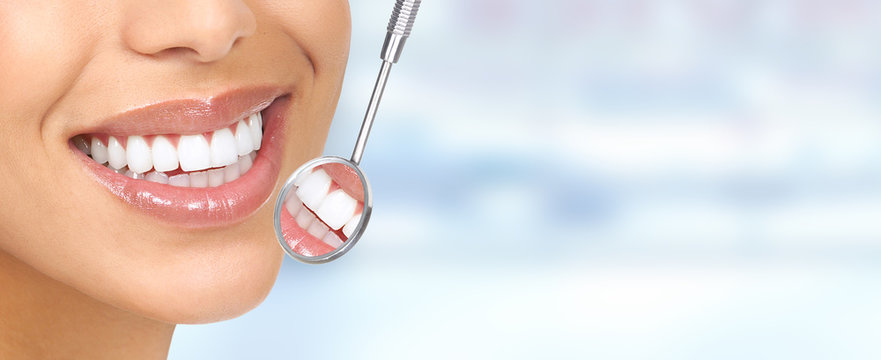
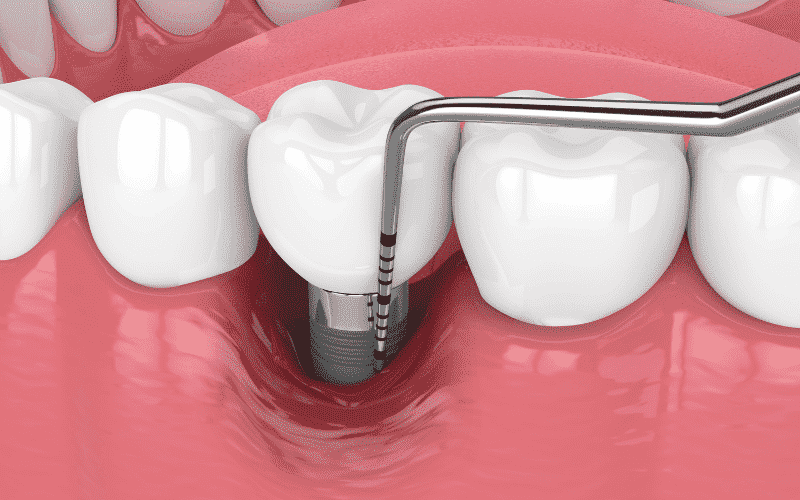
GBT:This treatment is generally more comfortable for patients. The gentle nature of the air-polishing technique reduces discomfort compared to manual scaling, making it an appealing option for those with sensitive teeth or anxiety about dental procedures.
Traditional Methods:Patients may experience discomfort during manual scaling, especially if there is significant tartar buildup. The use of metal instruments can sometimes lead to a less comfortable experience.
GBT: The guided approach of GBT can often make the cleaning process quicker and more efficient. The visualisation of biofilm allows the dentist to focus on specific areas, reducing the time spent on unnecessary scaling.
Traditional Methods: Traditional cleaning can be more time-consuming due to the manual nature of the process. Dentists may need to spend extra time removing tartar, particularly in patients with extensive buildup.
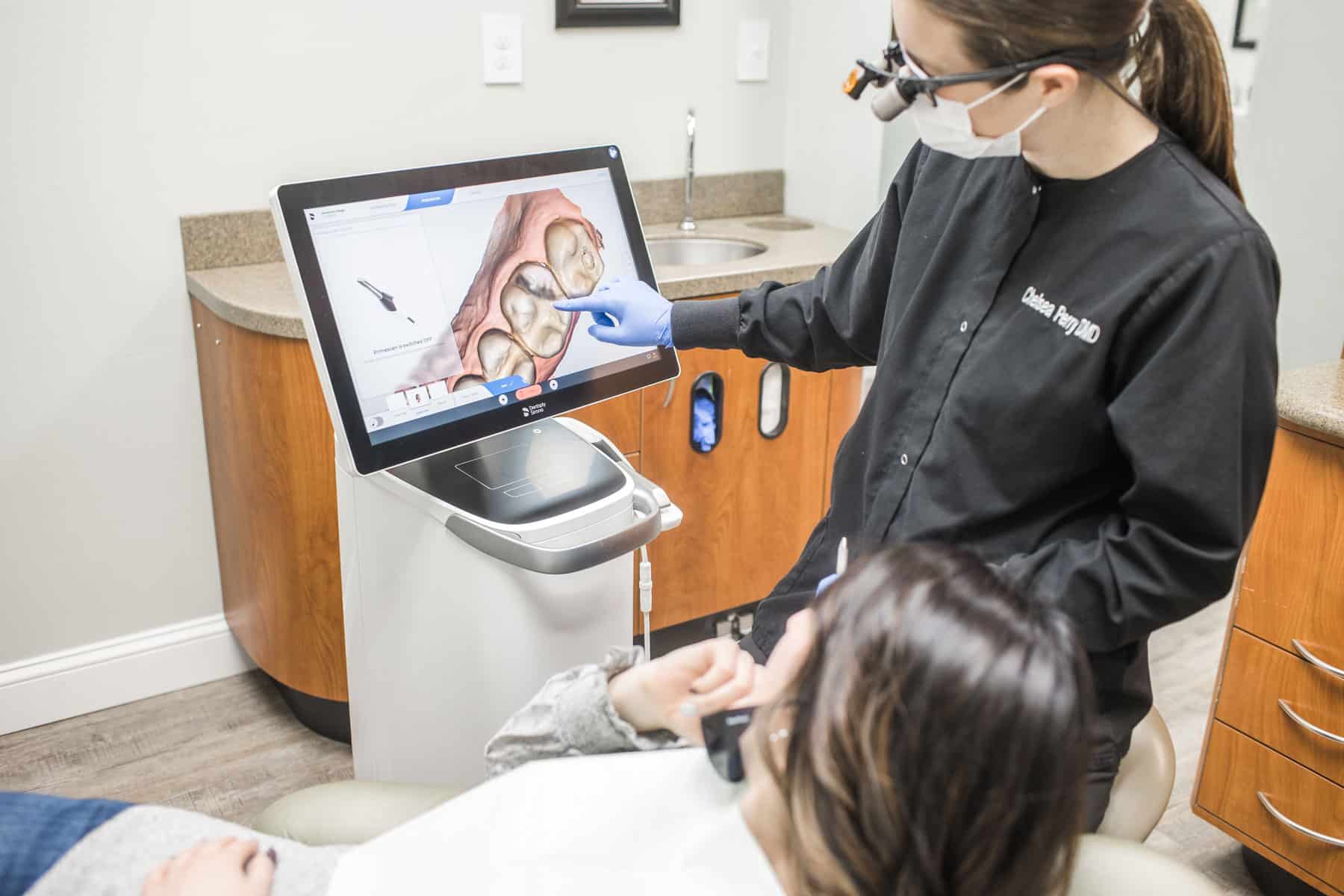
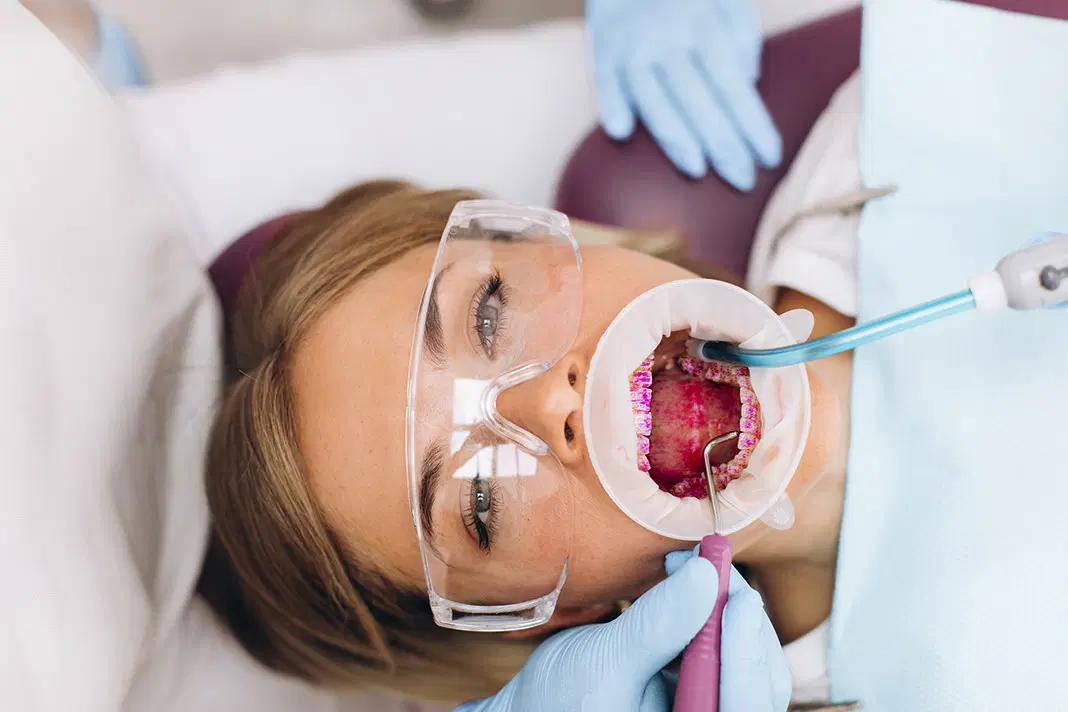
GBT:By effectively targeting biofilm and bacteria, GBT may contribute to better long-term oral health. The preventive measures incorporated into the treatment help reduce the likelihood of future dental issues.
Traditional Methods:While traditional cleaning methods are beneficial, they may not provide the same level of preventive care against biofilm-related problems, leading to potential issues down the line.
GBT: The visualisation aspect of GBT provides a unique opportunity for patient education. Patients can see the areas that need attention and understand the importance of maintaining good oral hygiene practices, with the added benefit of Low-Cost Dental Care in Kukatpally, KPHB, making dental treatment accessible and affordable for everyone.
Traditional Methods:While traditional cleanings also offer education, the lack of visual aids may make it more challenging for patients to grasp the significance of specific oral health issues.
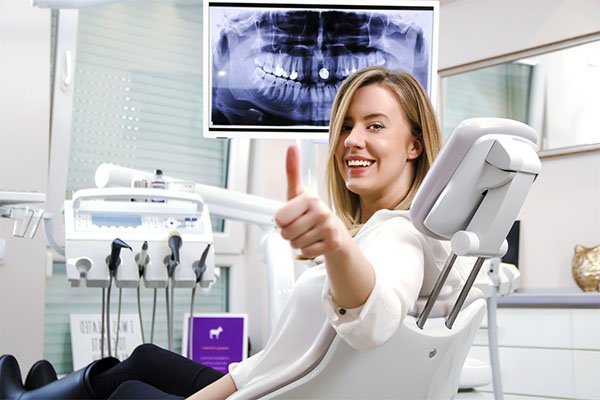
Both Guided Biofilm Treatment and traditional cleaning methods play essential roles in maintaining oral health at dental clinics in Kukatpally. However, GBT offers several advantages, including more effective biofilm removal, increased patient comfort, time efficiency, and better long-term oral health outcomes. As dental technology continues to evolve, GBT stands out as a promising option for patients seeking comprehensive and effective dental care. If you are interested in exploring Guided Biofilm Therapy in Kukatpally, KPHB, consult with a dental clinic in Kukatpally to learn more about how it can benefit your oral health.